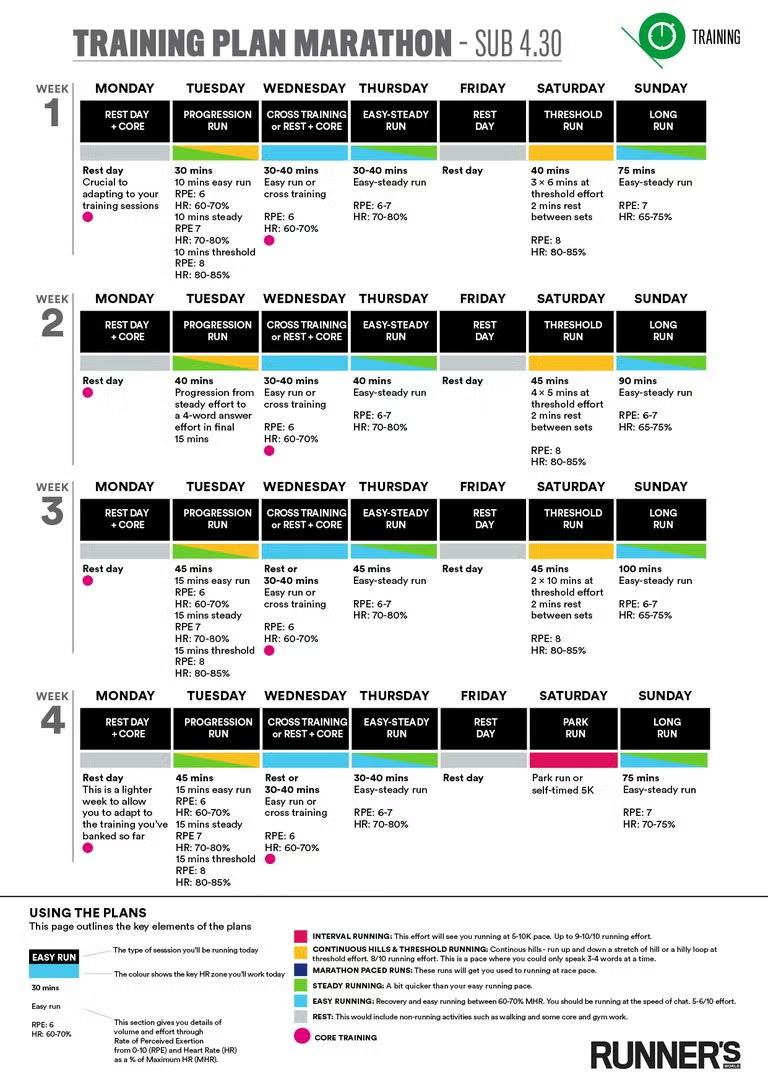Why We Run
While Forrest Gump’s cross-country run carried symbolic meaning, Australia has its own real-life legend of the everyday runner — Cliff Young. It’s been four decades since the nation was inspired by the ultra-marathon hero and his “Young Shuffle,” a running style no one understood at the time. In 2024, as the Sydney Marathon officially joins the World Marathon Majors — the Big 7 — running clubs are still growing, and mass participation events are more popular than ever.
When 61-year-old Cliff Young entered the race and was laughed at, he simply said:
“I’d really like to run.”
And Forrest Gump?
"I just felt like running."
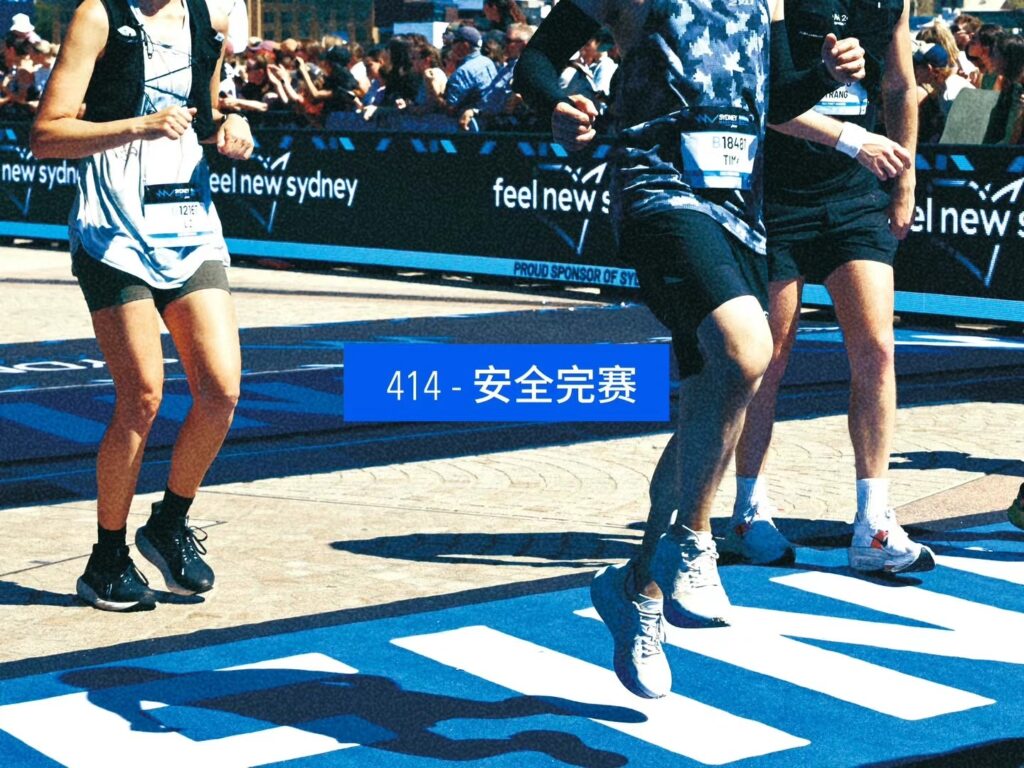
How I started
I ran my first half marathon under peer pressure. It was a radical decision to join the casual race — just two months after completing my first non-stop 10km.
What stuck with me that day wasn’t my own run, but the sight of someone much older — and not particularly light or fit in appearance — taking off and disappearing from my view. That was my first lesson: never judge a runner by their appearance.

An elite runner I encountered: Finished the 2023 Beijing Marathon with a sub-3:00 time, then casually rode a shared bike home.
After that race, I suppose I could call myself a runner. I rewarded myself with a Garmin Forerunner 245 — basic, light, and packed with all the essential data like heart rate. Back in Sydney, I decided to follow Runner’s World’s 16-week marathon training plan. It included a mix of interval runs, long jogs, tempo sessions, and recovery days. My goal was to complete a full marathon in under 4 hours and 30 minutes — a reasonable target for someone who had just scraped through a half marathon in a little over two hours.
Nowadays, if you share your performance data with AI, it can generate a personalised training plan with a similar mix of sessions — no magazines needed.
Falling into the Data World
I followed the training plan with discipline. Week after week, I logged the kilometres. My monthly mileage climbed to nearly 200km. I digested all my data on Garmin Connect like it was a stock portfolio — checking pace, heart rate, VO2 max prediction, and training status daily. I was improving steadily. Faster. Stronger. The most obvious gains were better cadence and a lower heart rate.
There’s no shortage of running content creators out there — endless short clips telling you what to do, what not to do. But my favourite by far was Fredrik Zillén, a prolific YouTuber who explains running mechanics and debunks common misconceptions with humour, science, and clear visuals.
Still, one thing I never figured out — and still haven’t — is how to improve my vertical oscillation. That little stat, measured by the Garmin chest strap, kept reminding me that I bounce too much. Despite all the progress, I wasn’t running very efficiently. To this day, it’s still a mystery.
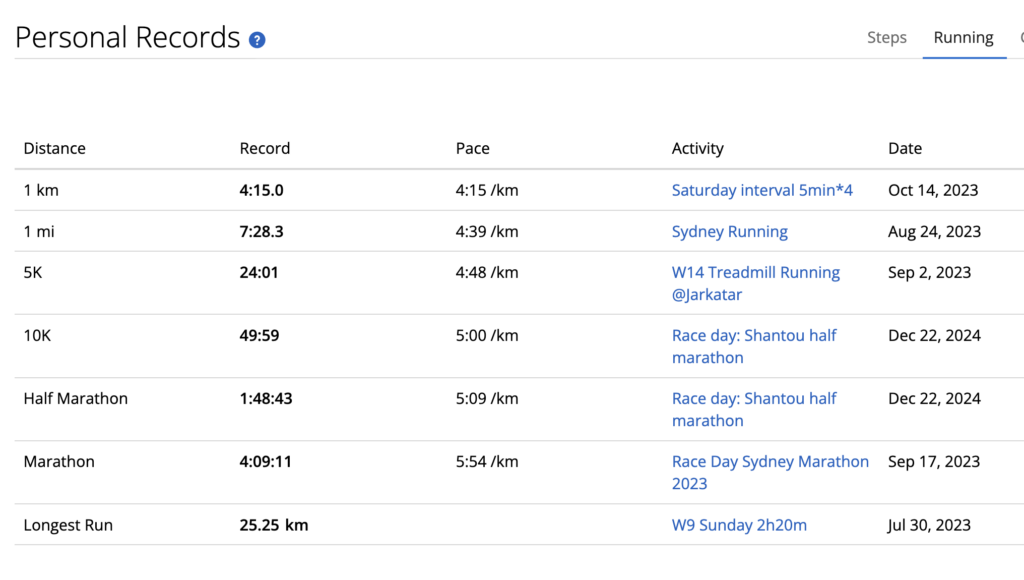
The Highs and the Hurts
I experienced — and recovered from — my first minor injury (iliotibial band syndrome), and I had my first real taste of a runner’s high: that brief, euphoric feeling of invincibility that kicks in somewhere between 7 and 12 km. There’s nothing quite like it — a few golden moments in the local park, alone, feeling like the king of the world. No affirmation needed — just the quiet certainty that you’ve gained the ability to overcome whatever lies ahead.
I stayed on track for 12 solid weeks. But then life threw a curveball. A sudden and unexpected change left me mentally unfit to continue training at full intensity. I tried to push through, but I missed one of the most critical milestones: I never ran beyond 25km in training.
Without enough Long Slow Distance (LSD) sessions under my belt, the idea of finishing 42.195km started to feel… unrealistic.
Gearing Up
Knowing that a runner shouldn't be judged by appearance, I started looking more like one. Beyond the Garmin watch and HRM strap, I slowly built up my essentials.
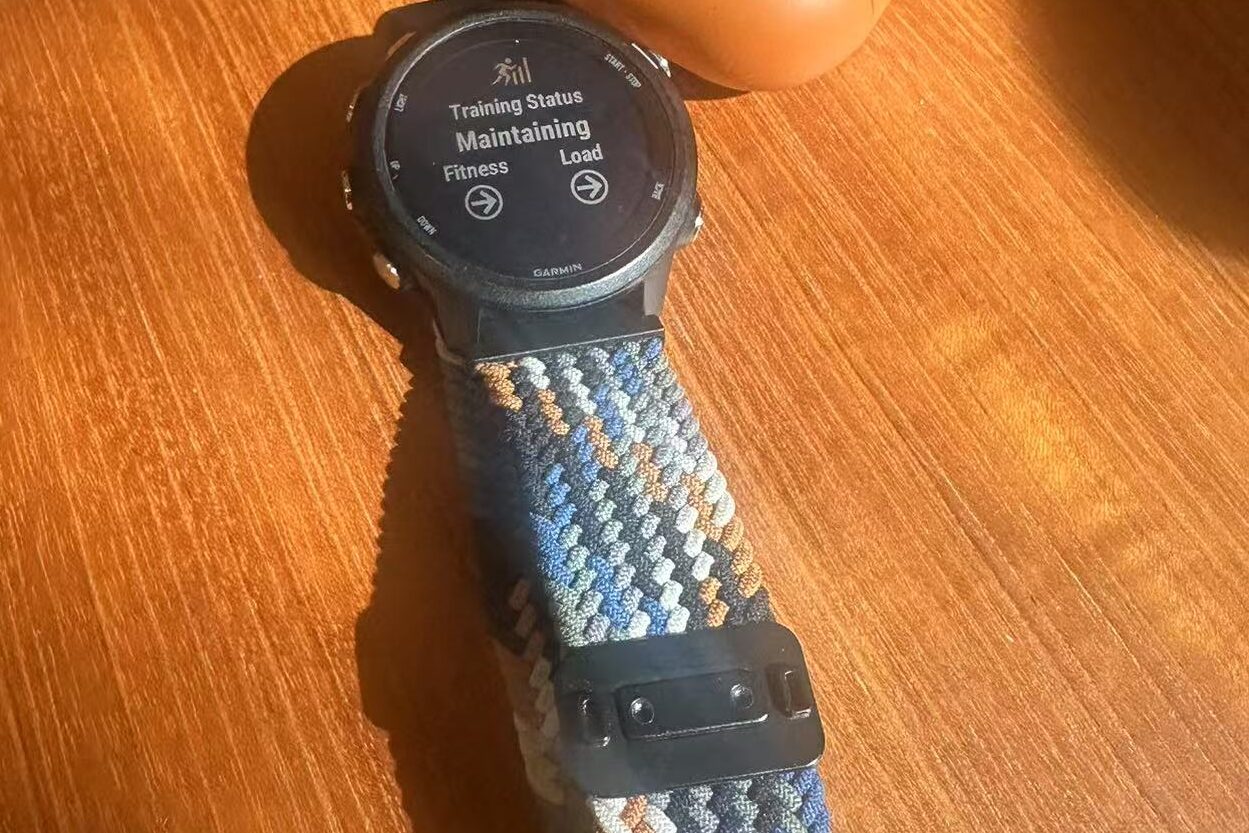
Swapped out the silicone band — turns out it could be mildly toxic.
I ran with Shokz (bone-conduction headphones) and a carefully curated running playlist, with some 180BPM songs. I tried various belt pockets — the kind that keep your phone snug and bounce-free, while also carrying a couple of energy gels for longer runs. For performance, I sometimes wore a singlet for better heat dissipation. On race day, I had my compression tights paired with Kipchoge-style arm sleeves to aid blood circulation. During long-distance training runs, toe socks became a must-have — looks funny but surprisingly effective at preventing blisters.
I experimented with anything that could help my body endure the distance. Some runners go all-in with those colourful kinesiology tapes across their knees and thighs — they certainly make you look like a decorated athlete, though I’m still not sure how much they actually help me.
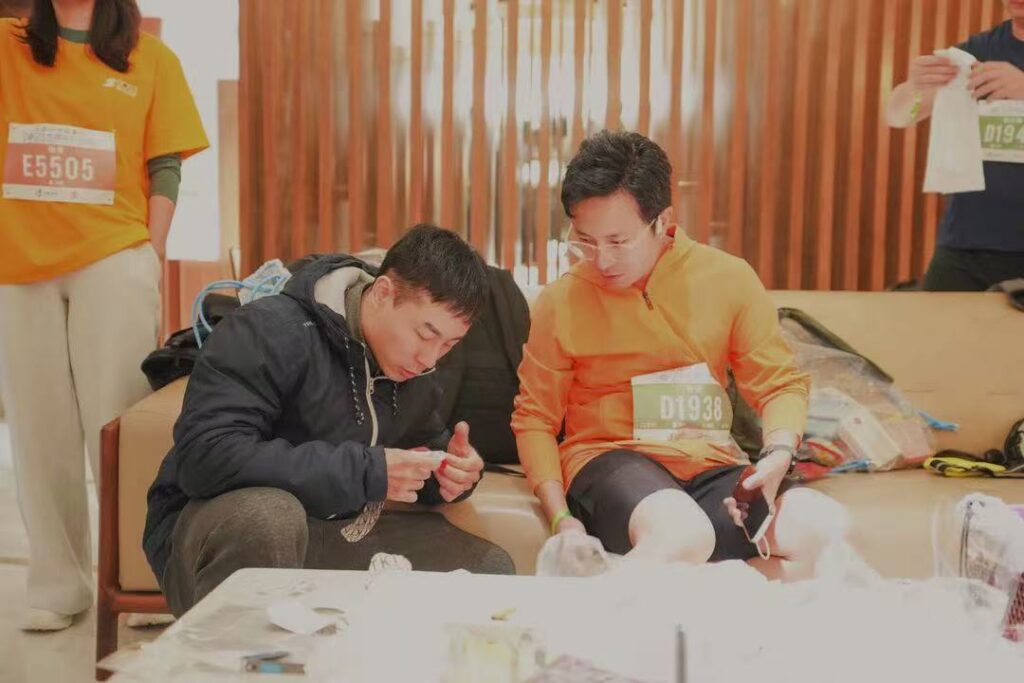
But above all, the most essential gear is a pair of shoes that suits your running style.
Bmai and Engine Bird are two impressive emerging Chinese brands gaining popularity in the running community — though they have little to no presence in the Australian market. In my experience, they’re producing durable, high-quality products that deserve more attention. Certain Li-Ning series have also earned recognition among elite runners in China and are becoming more visible on the global marathon stage.
While carbon fibre plate shoes can give you that extra push, new runners should be careful not to overuse them before building up the necessary strength and pace. They're tools — not shortcuts.
Race Day
Somehow, I made it.
Despite missing key long-distance sessions in training — and feeling mentally unprepared in the final weeks — I crossed the finish line of the 2023 Sydney Marathon in 4 hours and 14 minutes, comfortably under my original sub-4:30 goal.
The most challenging part of the race was holding my body together during the loops inside Centennial Park. It wasn’t as exciting as running through city streets. A few runners told me it felt like an endless circle — and I agreed. After 30km, the water stations became a bit chaotic. There were plenty of volunteers, but the supplies weren’t quite keeping up with demand.
There were moments I thought I might have to walk to the finish line — but somehow, I picked myself up and kept going. I never hit the wall.
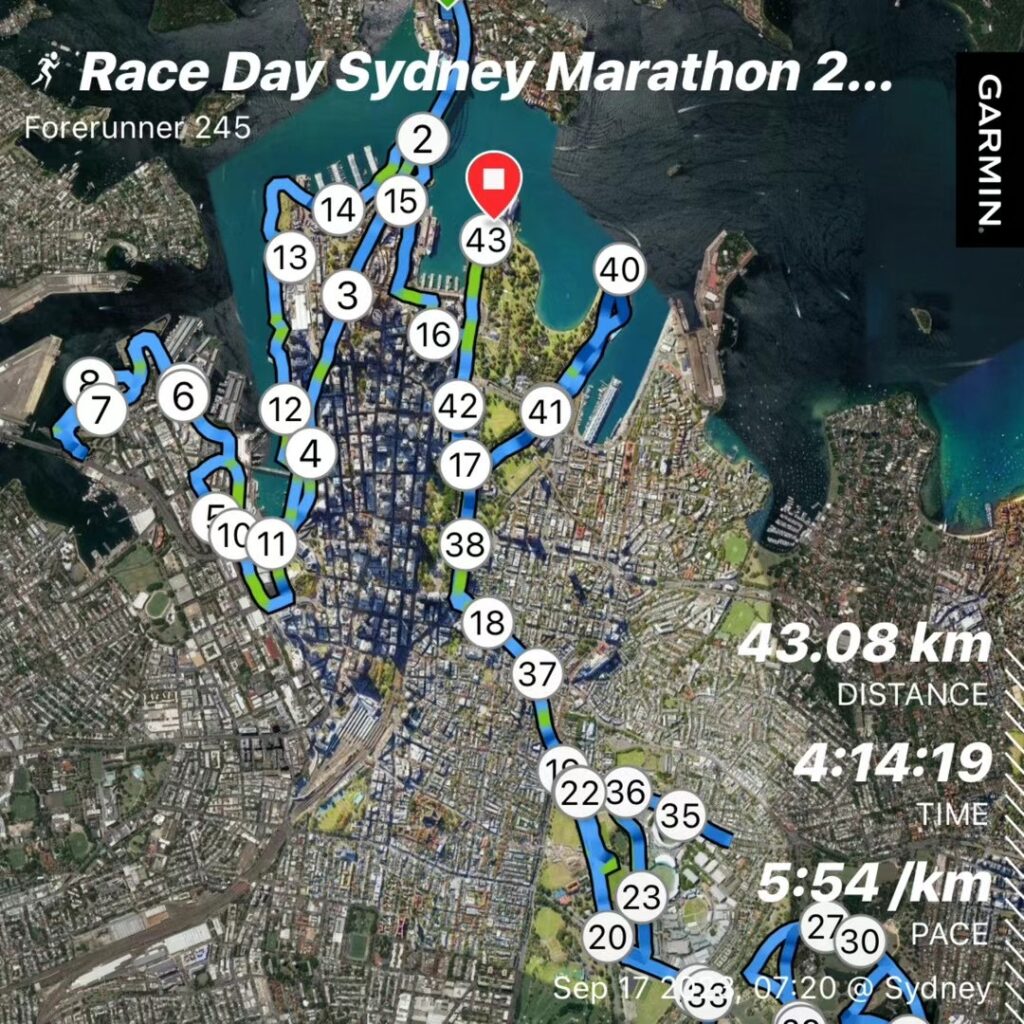
Since then, I’ve become a different kind of runner. I’m leaner, and I can run 5km or more on almost any day without needing to plan for it. I no longer chase medals. These days, I sign up for just one half marathon a year and aim for small, steady progress. I still use the essentials, but I no longer obsess over the newest gear for a performance boost.
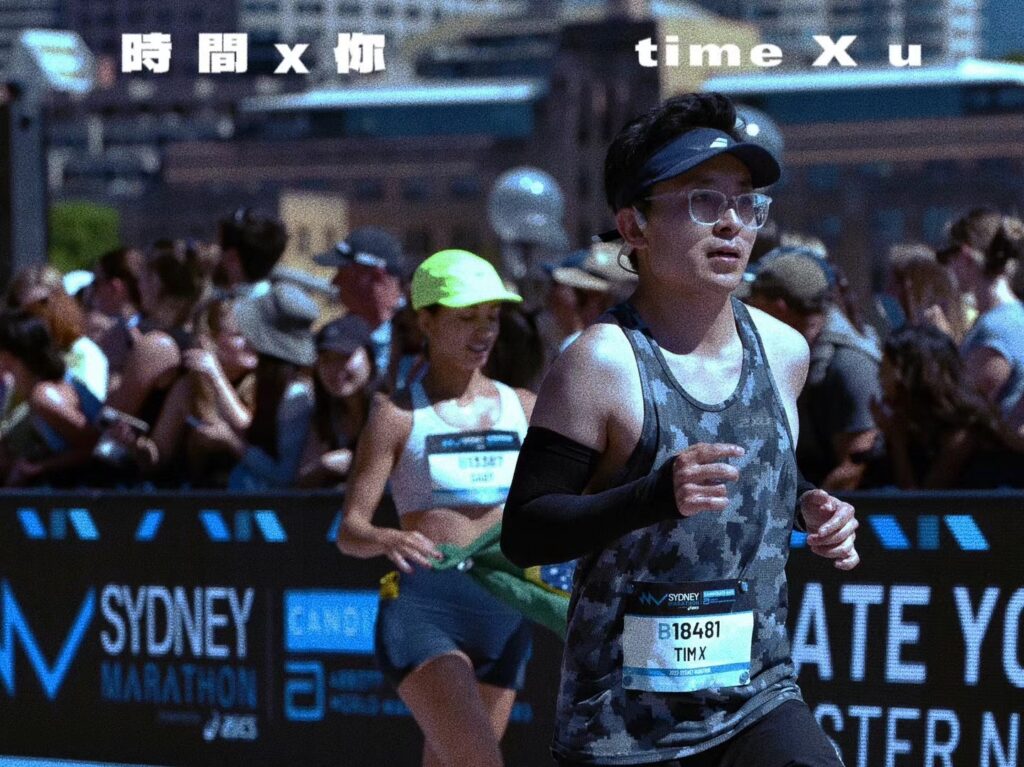
Running is one of the most basic and natural forms of movement. It’s a sport anyone can start, at any stage of life. While today’s wearable tech allows us to chase data and optimise everything, mass running has never really been about becoming elite. It’s about escape, survival, and somewhere along the way — freedom.
It’s a search for meaning, often without a reason.
A Summary of the key steps on How to Finish a Marathon
- Train with discipline - Not just for speed, but to understand your body, your limits, and your recovery needs.
- Learn from experts - On how to run more efficiently and avoid injury — that’s where real progress happens.
- Bring the right gear - Running shoes, toe socks, nipple tape (yes, it’s a thing), a good belt, gels, and a GPS watch.(If you are going to Pyongyang Marathon, GPS watch is banned)
- Train your mind - Let distance reshape your sense of self — whether you run for triumph, for escape, or just because you felt like running.
- Fuel Smart - Whether it’s bananas, gels, or electrolyte drinks — learn what works for your body before race day.
